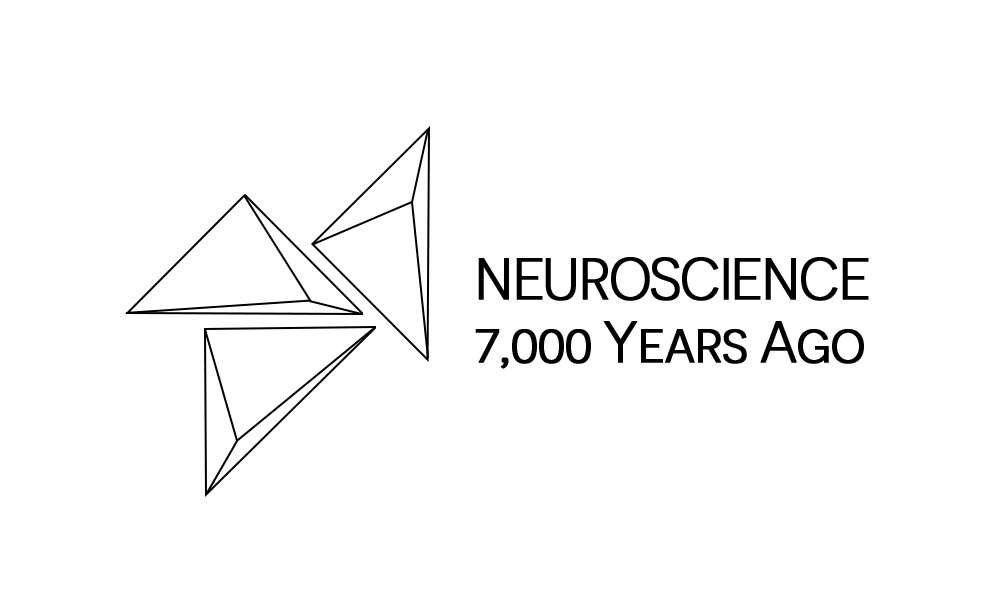
A Theory of Brain Function According to Galen
Did Galen have a clue about how the brain actually functions, or did he propose just another fanciful theory?
In truth, Galen’s brain anatomy was well ahead of his physiology. His physiology was based on bodily spirits, called pneumata, and the teleological (telos = “end,” logos = “discourse”) idea that a supreme being designed every organ with a specific end or purpose in mind. Particularly when it came to brain physiology, the empiricist in Galen was pushed aside by another aspect of him, that of the speculative philosopher who was governed by ideas about designs, purposes, and final causes. The latter Galen was so eager to put forth a complete physiology of the body that he violated his own oath not to recognize anything he could not experience through his senses [1]..
Galen probably started with Plato’s assertion that there are three fundamental organs—the liver, the heart, and the brain—each associated with a different spirit or soul. He then blended Plato’s theory with the pneumatism of Erasistratus, the Alexandrian who had suggested that tiny spirits are able to travel through hollow nerves to and from the brain and its large hollow cavities, the ventricles. Galen described three kinds of spirits. He said the least about the natural spirits, associated with the liver and its veins. These spirits were thought to regulate nutrition, vegetative functions, and other fundamental needs.
- Some natural spirits, however, reach the heart, where they are converted into “vital” spirits.
- These higher-level spirits generate the internal heat of the body and are at least partly responsible for our base emotions.
- In turn, some of the transformed spirits from the heart go the brain, where they are converted into pneumata psychikon, or “animal spirits.” These are the spirits of mind.
Galen had the most to say about the animal spirits. He maintained that the final conversion occurs in the rete mirabile (miraculous net), a network of fine arteries surrounding the pituitary gland at the base of the brain. The term rete mirabile has the same Latin root as the word retina. Galen wrote: “It is not a simple network but [looks] as if you had taken several fisherman’s nets and superimposed them.”
Galen probably saw the net-like rete mirabile while dissecting oxen, sheep, and pigs. What
he did not realize was that humans, or monkeys for that matter, do not possess a comparable mesh like network of blood vessels at the base of the brain.
Galen also suggested that animal spirits may be manufactured in the vascular linings of the anterior ventricles of the brain (called the choroid plexuses). Whether they originate in the rete mirabile or the ventricle linings, they are stored in the ventricles until called into play by the brain. When needed, they enter the nerves and move the muscles.
Conversely, the highest spirits can also carry sensations from the eyes, ears, tongue, and skin back up to the brain via the nerves and tracts. In his Commentaries on Hippocrates and Plato, Galen made it clear that he associated the brain substance itself, and not the ventricles, with our highest functions.
As we have seen, by experimenting on animals and by studying people with head injuries,
he recognized that brain damage can affect the rational mind. Hence, he maintained that although the spirits in the ventricles act as the physical “instrument of the soul,” the true seat of the rational soul must be the brain.
Galen considered perception, cognition, and memory to be the functions of the rational soul. He acknowledged that brain diseases and injuries can affect these functions independently. Nevertheless, he stopped short of localizing these three distinctive functions in different parts of the brain, at least in his surviving writings. In addition, there is no evidence to show that he associated these functions with the anterior, middle, and posterior ventricles.
In many respects, Galen would have had reason to agree with Erasistratus, who stated that the size and complexity of the cerebral convolutions can be correlated with intelligence. But, as noted in the previous chapter, once Galen examined the donkey’s large and highly convoluted brain, such an association was out of the question. “Donkey intelligence” was an oxymoron to him, a true contradiction in terms. This being the case, he was forced to conclude that the “temperament” of the thinking body is a more important contributor to intelligence than the size or complexity of the brain [1].
References:
1 Finger, S.: ‘Minds behind the brain: A history of the pioneers and their discoveries’ (Oxford University Press, 2004. 2004)


